India had for over 200 years been forcibly led on a path of modernization, colonial style. With independence she was free to choose what she wanted. Chandigarh was one such choice - a monument to the new national self-awareness..
The development of Chandigarh represented a fascinating study of practical politics, personal ambitions of politicians and planners, and the high ideals of India’s first Prime Minister Jawaharlal Nehru and the planner Le Corbusier.
An area of 28,000 acres identified as the site for what would be Chandigarh, was visible from the top of a small hill at the village Chandi Mandir. Hence the name ‘Chandigarh’. Chandi-garh means the abode/stronghold of Chandi, who is a manifestation of Shakti, the ubiquitous female principle in the Hindu cosmogony. As time proceeds through its inevitable and recurrent circles of creation and destruction, Chandi is the energy, the enabling force of transformation and change.
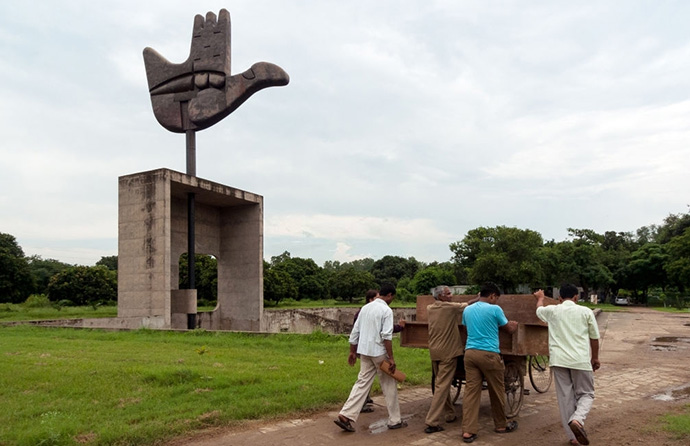
The construction of Chandigarh was to represent the new upbeat spirit that the country experienced in the aftermath of the partition. Chandigarh was designed as a modern town much before transcending modernism became a fashion.
The new capital city of Punjab also represented India's pride and best urban hopes for the future. It was to serve as a training school for Indian planners, who could then replicate their experience in other cities to improve communication systems and raise economic standards. It was to rehabilitate refugees and the displaced Punjab government, to restore the dignity of the Indian Punjabi damaged by partition and the loss of Lahore.
“Let this be a new town, symbolic of the freedom of India, unfettered by the traditions of the past. An expression of the nation's faith in the future”, and “the site chosen is free from the existing encumbrances of old towns and old traditions. Let it be the first large expression of our creative genius flowering on our newly earned freedom”, said Pundit Jawaharlal Nehru in July 1950.
The whole area of 28,000 acres identified as the site for what would be Chandigarh, was visible from the top of a small hill at the village Chandi Mandir. Hence the name ‘Chandigarh’.
Today, in 2022, Chandigarh is a bustling contemporary Indian city on the foothills of Shivalik, a Union Territory, and the capital city of two large Indian States – Punjab and Haryana, with 1.12 million people living in the openness of spirits, friendship, and solidarity.
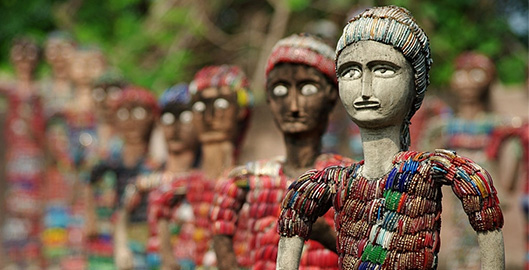
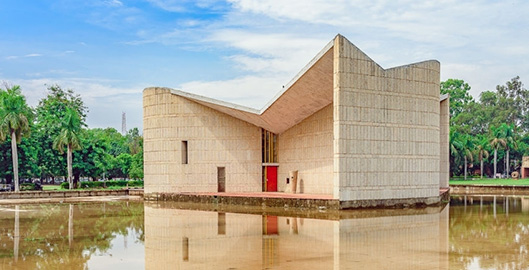
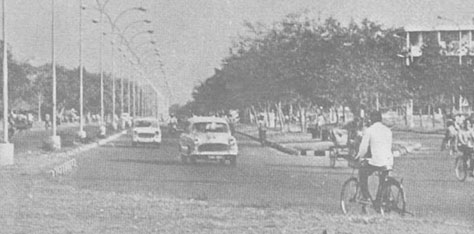
[With Lahore now in Pakistan with West Punjab, East Punjab (Now in India) needed a new Capital City]
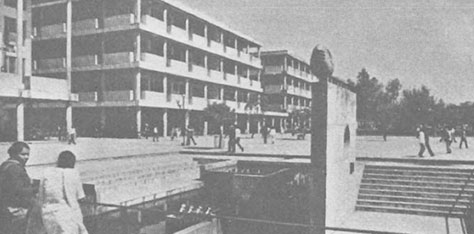
Govt. of Punjab, in consultation with Govt. of India, selected the site for Chandigarh in the Kharar tehsil of Ambala District comprising of 28,000 acres of land in fifty-eight villages with a population of 21,000 people or 6,228 families
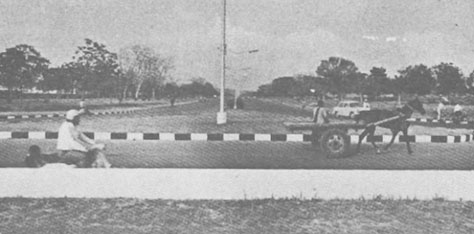
Resistance to the idea of Chandigarh in the first phase lasted from the spring of 1948 when the acquisition of land was announced, to approximately 1950 when the actual possession of the land began, and alternative land offered in compensation. The second phase, marked by sporadic protest, lasted through the 1950s as and when the land of a village was actually occupied by the government.
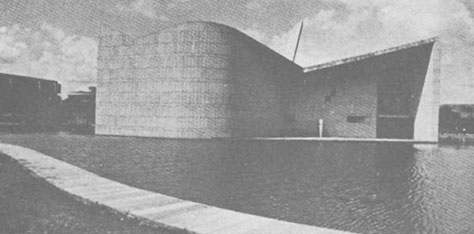
By 1951, a design for the city had already been planned by Albert Mayer, a prominent American architect, but after the death of Mathew Nowicki, Mayer's architect colleague, the Govt.
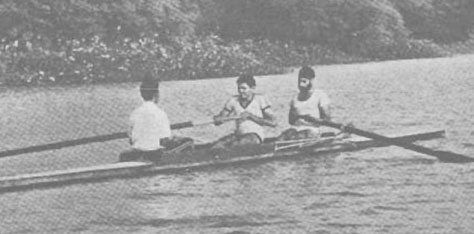
Punjab's chief minister, Gopichand Bhargava, hoped that Chandigarh would be "the world's most charming capital.
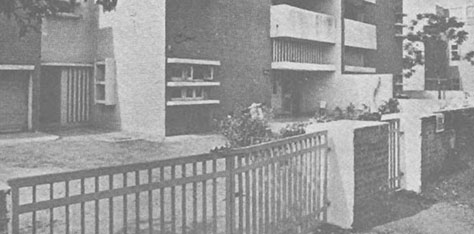
The capital city was officially shifted from Shimla to Chandigarh on 21 September 1953, though Chandigarh was formally inaugurated by India's first president, Rajendra Prasad on 7 October 1953
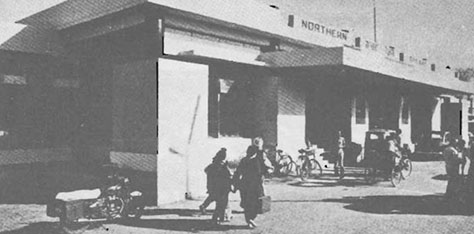
Le Corbusier and his associates worked on the construction of Chandigarh from 1951 until his death in 1965. In 1965 M.N. Sharma took over from Pierre Jeanneret as the first Indian Chief Architect of the Project.
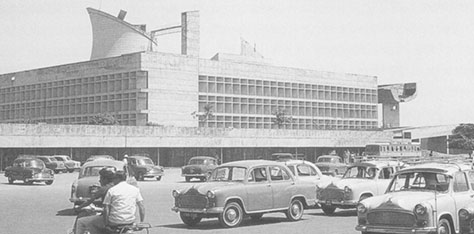
A representation of the character of the city, standing for prosperity, unity, and peace, “the hand to give and the hand to take” stood with La Corbusier since 1948 was finally added 20 years after his death in the Capitol Complex of Chandigarh in 1985.
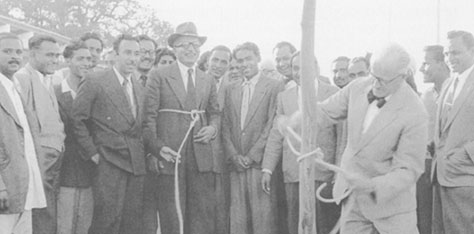
On 18 September 1966, the Punjab Reorganization Act was passed by the Indian Parliament, dissolving the former state of East Punjab. Out of the former East Punjab, the modern state of Punjab was created, the new state of Haryana was created; territory was transferred to Himachal Pradesh, then a Union territory; and the city of Chandigarh became a temporary Union territory to serve as the provisional capital of both the Punjab and Haryana
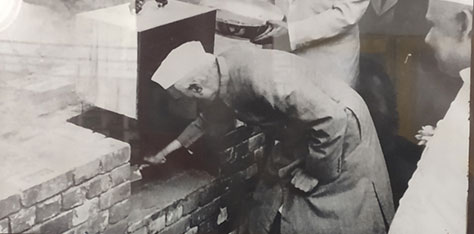
on January 29, 1970, Prime Minister Gandhi awarded Chandigarh to Punjab and, as compensation, sanctioned rupees 200 million (half in outright grant) for Haryana to build its new capital city. Chandigarh was given a new constitutional entity as a union territory, and control over the city administration shifted from the Punjab government to the Union Ministry of Home Affairs.
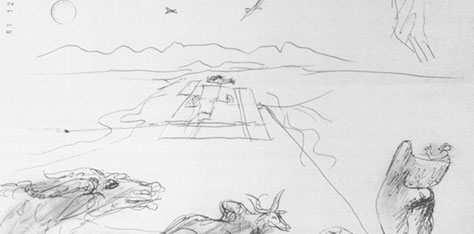
Jawaharlal Nehru's death on May 27, 1964, soon followed by Le Corbusier's death on August 27, 1965, robbed the city of its two most ardent supporters. With the departure of Pierre Jeanneret in December 1965, the city was left with no individual who could advocate the convictions of its creators above the din of petty political considerations. The political tug of war between Punjab and Haryana over Chandigarh has caused the city architecture and initial vision to divert away from its original Master Plan and is now imploding with livable capacity, loss of green cover and other ecological issues that were never meant to be.